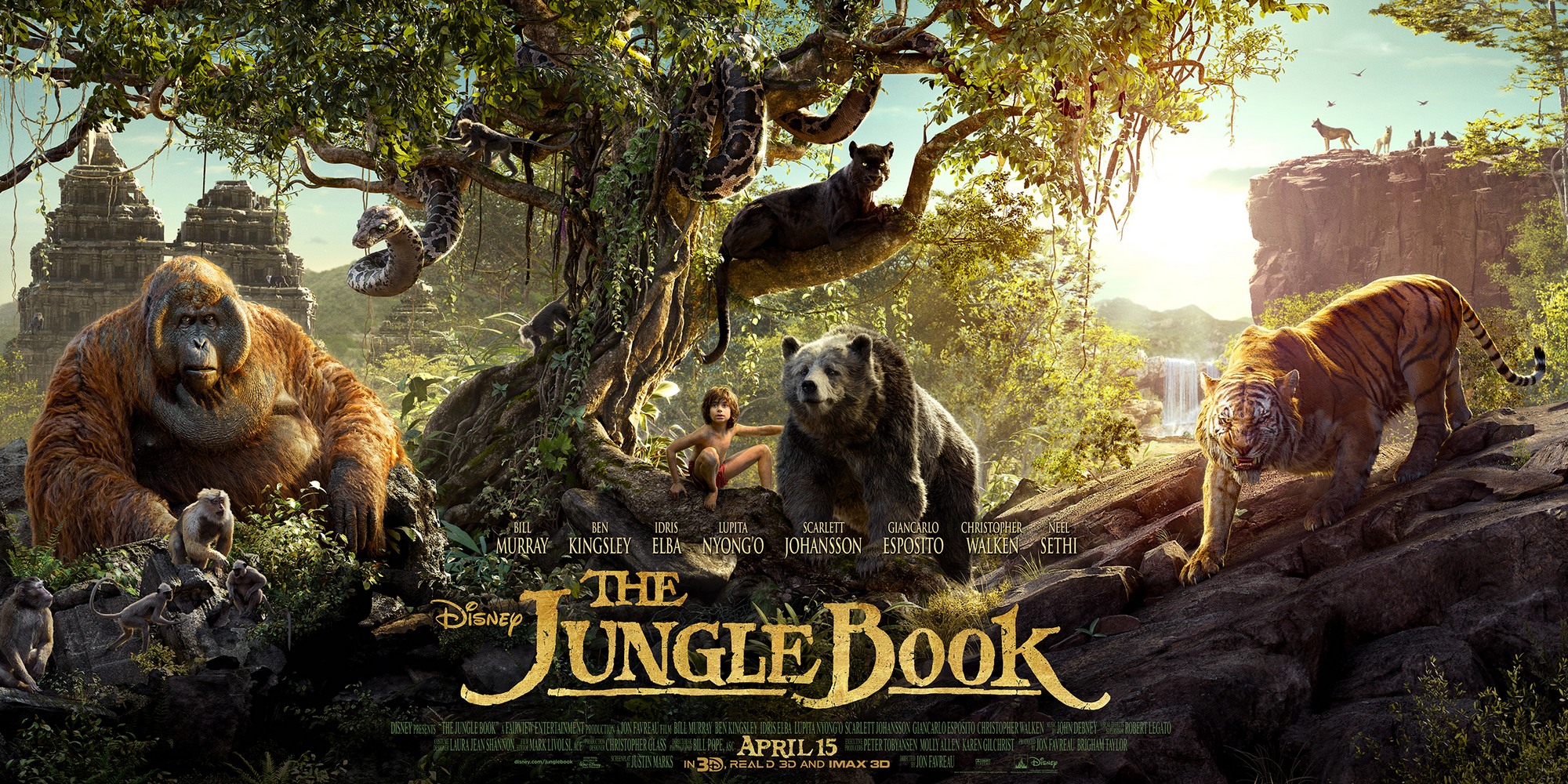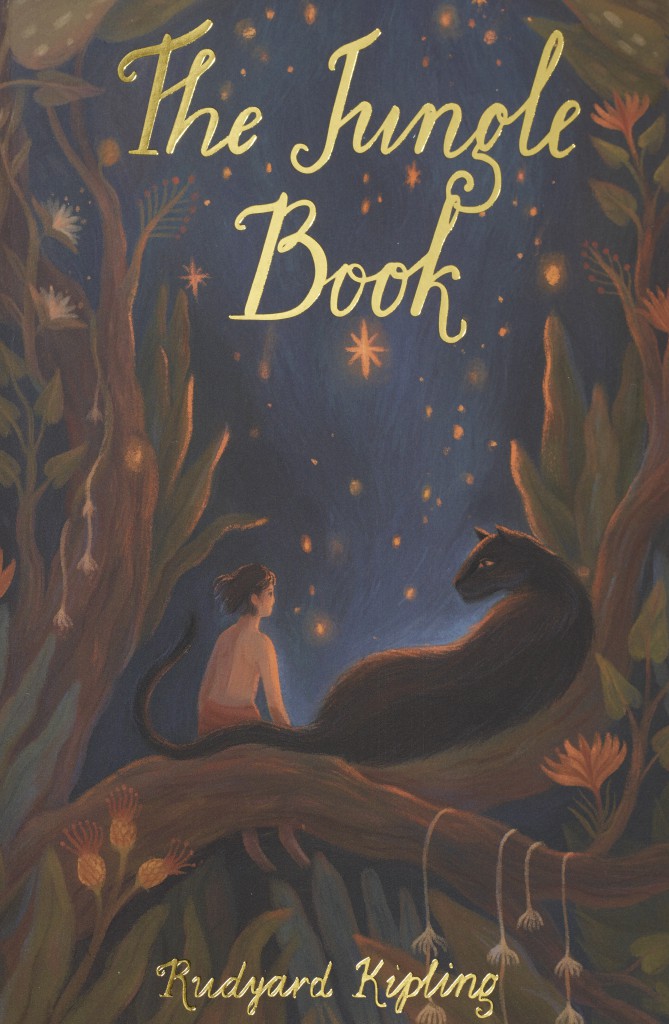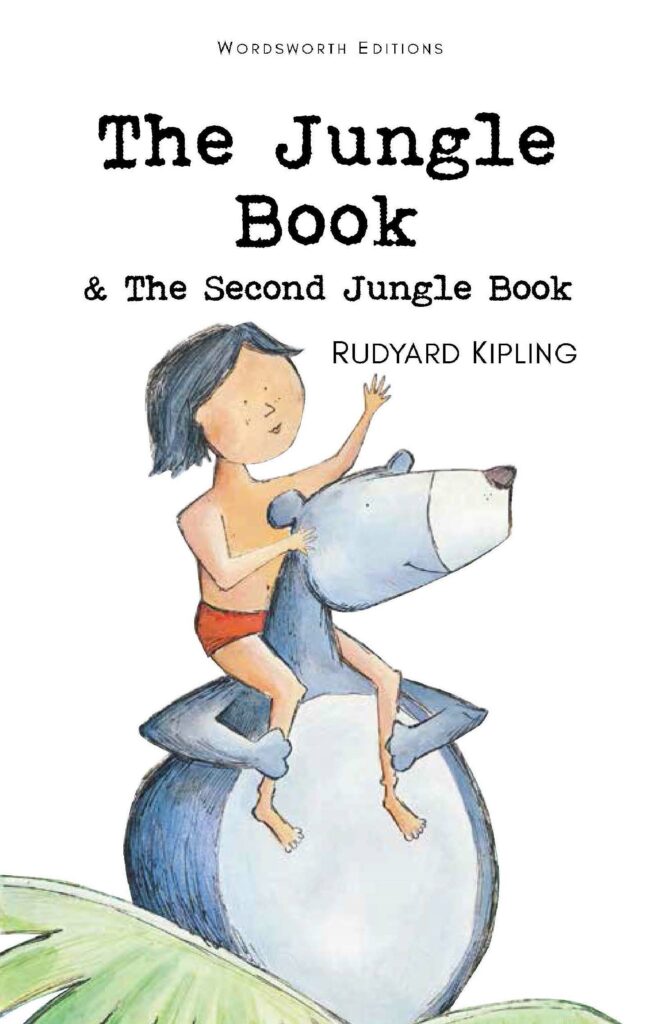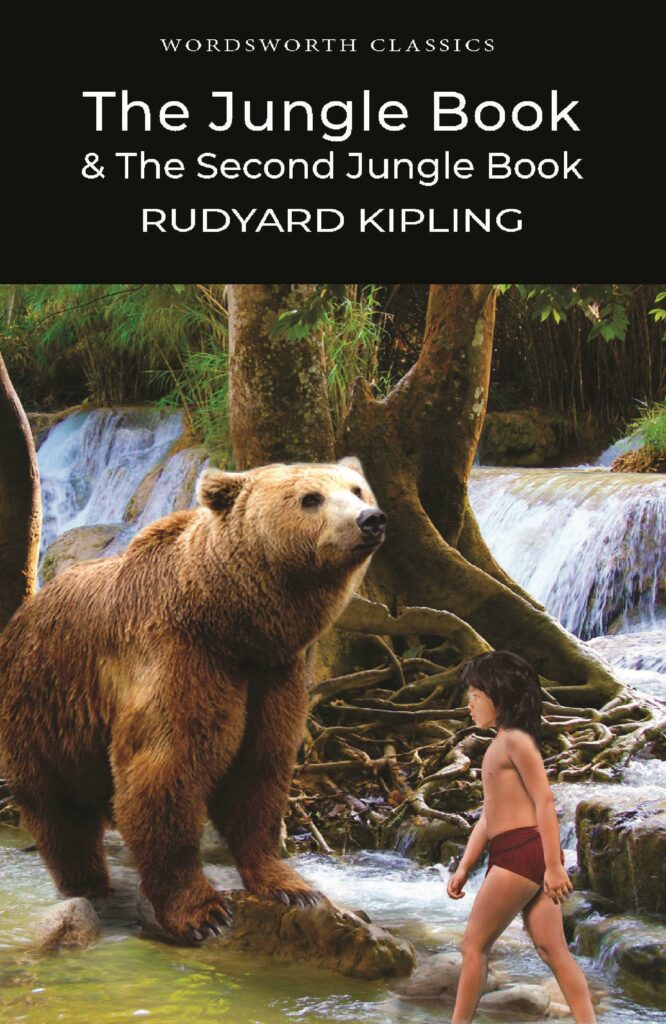
How Kipling’s Jungle Book helped make the modern Disney
In the second part of his essay on how Rudyard Kipling and ‘The Jungle Book’ influenced the modern Disney, Parker Lancaster takes a look at anthropomorphism, CGI and the success of previous adaptations…
Those who have read much of The Jungle Books, or any of Kipling’s short story collections, will notice a pattern that is eerily familiar to fans of Disney’s animated filmography. Kipling had a great love of verse and liberally incorporated original poems and lyrics into most of his long list of short stories.
The original songs in the ’67 film were written by the Sherman Brothers and Terry Gilkyson, and are never in danger of seeming superfluous to the film, as Kipling included songs in every story of The Jungle Books, as well as lyrical interludes between stories. His jungle was always intended to be full of music.
What’s more, Kipling was a pioneer in anthropomorphic storytelling, especially in The Jungle Books and Just So Stories. He may not have been the first to combine anthropomorphism and song in children’s literature, but he was the most prominent of the 19th-century authors to do so.
The Jungle Book was published only seven years before Walt Disney was born and was a bedside staple for boys and girls of his generation. It’s entirely possible that Kipling’s formula was subconsciously used as a template by Walt Disney and his creative team for virtually all of their animated feature films, and many of their short films. Of the roughly 100 animated films produced or co-produced by the various Disney film studios, nearly all of them have anthropomorphic characters, musical numbers, or both.
The Jungle Book characters may be most associated with Disney today, but there are a few noteworthy non-Disney film adaptations. The Korda brothers adapted ‘Toomai of the Elephants’ into the 1937 film Elephant Boy (the only Jungle Book film adaptation to be released in Kipling’s lifetime) and loosely adapted the stories into 1942’s Jungle Book (so loosely that Kipling wasn’t even credited); and Chuck Jones, of Looney Tunes and Merrie Melodies fame, adapted three Jungle Book tales as TV short films in 1975 and 1976.
The most well-known of the films, and probably the greatest propagator of the books and Kipling’s popular legacy to this day, is of course Disney’s 1967 adaptation, directed by Disney workhorse Wolfgang Reitherman.
The most common criticism of the film is its piecemeal, vignette-like narrative, but in that respect it may be the truest to the original stories, which meander through time and space, telling Mowgli’s story episodically in between totally disparate characters and settings. Disney’s live-action 1994 adaptation stands out like a sore thumb.
Stuck in limbo between the animated classic and today’s technology that allows for photo-realistic digital animals and locations, the ’94 film relies upon the acting talents of trained bears, wolves, and monkeys during the animal scenes, so the film inadvertently becomes a textbook example of the Kuleshov effect.
For practical reasons, one assumes, this film eschews the heart of the source material in favour of a love story and an action-packed treasure hunt inside a booby-trapped lost city. It’s as much Indiana Jones, Tarzan, or H. Rider Haggard as it is The Jungle Book.
Disney also made an animated sequel to the ’67 original in 2003, a film which is essentially a clone, offering a nearly identical plot, the same animation style, and all of the same musical numbers. Consequently, it’s mostly considered a cash grab.
Jon Favreau’s new adaptation could most accurately be described as a remake of the ’67 film, as it follows the same plot and central conflict between Mowgli and Shere Khan (which happens only about 1/5 of the way through the books), and has most of the Disney musical numbers (with new lyrics for I Wan’na Be Like You by Richard Sherman, returning to one of his most famous songs after 49 years).
Where it stands out from all the films that came before is its dramatic credibility and its immersion into a beautiful and believable jungle world (all the more impressive considering not a single frame was shot with live animals or real locations), thanks to the brilliant effects work by Weta Digital and Moving Picture Company.
For the first time on film, Mowgli is in palpable danger from a hostile environment filled with hungry predators and an unforgiving landscape. At last, we have a coherent narrative that is more or less true to the books, and ‘The Law of the Jungle’ from The Second Jungle Book features prominently in the film as a guiding principle and poetic refrain.
It may be that a truly accurate film adaptation of The Jungle Books will never be made. To really stick to the source material would produce a film more akin to Disney’s Make Mine Music or Fantasia than the films we’ve seen.
Unfortunately, the commercial failure of Fantasia in 1941, Disney’s riskiest and most ambitious film to date, has all but guaranteed that they will never again commit big money to an anthology film. Warner Bros has yet another big-budget CGI adaptation of The Jungle Book set for a 2018 release, but the cast list is nearly identical to Disney’s.
Audiences and film studios seem content with just the Mowgli stories, but readers know that there’s much more to the books, including Rikki-Tikki-Tavi, Kotick the white seal, and a much greater breadth of human and animal characters.
There is much more to the story of Mowgli, the boy who became a frog, then a wolf, and finally, a man. With Jungle Book fever in the air now and for some time to come, it’s quite worthwhile to read Rudyard Kipling’s stories and enjoy a ripping good yarn.
Books associated with this article

The Jungle Book (Collector’s Edition)
Rudyard Kipling

The Jungle Book (Exclusive Edition)
Rudyard Kipling

The Jungle Book & The Second Jungle Book
Rudyard Kipling
